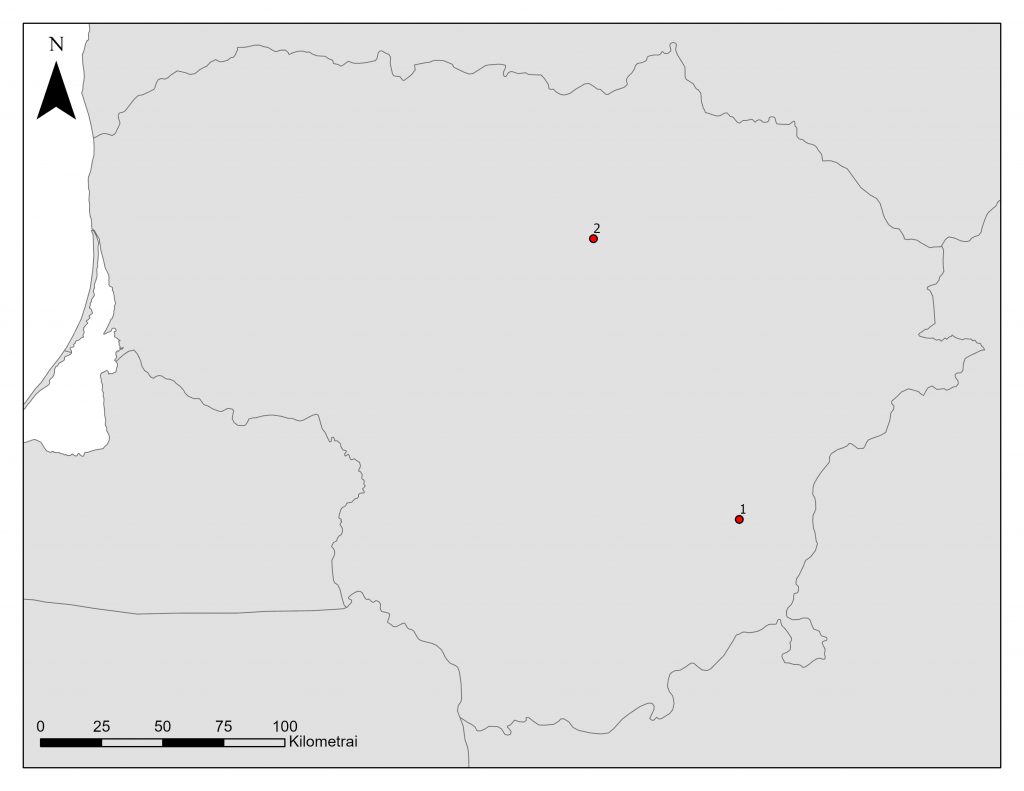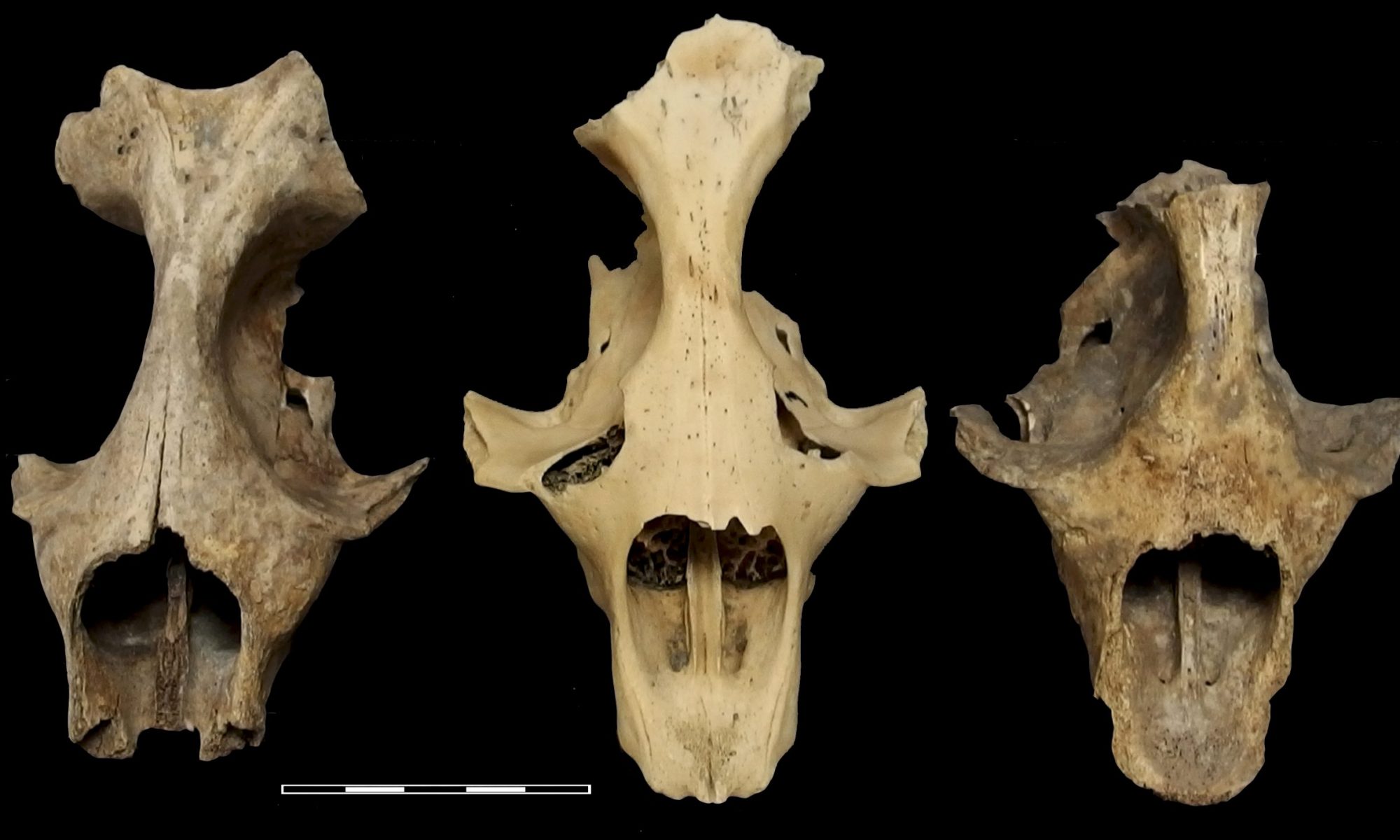The 18th-19th centuries are considered as an important period for contemporary Lithuania. After many years of internal and external wars, the unstable political situation in the 18th century the Polish-Lithuanian Commonwealth was abolished in 1795. The Russian Empire, Austria and Prussia took over the country until the end of the World War I. The territory of the former Grande Dutchy of Lithuania was divided into three administrative units – Vilnius, Kaunas and Suwalki provinces.
The country did not escape major political changes due to the consequences of ongoing military conflicts. In 1812, after an unsuccessful raid in Russia, Napoleon’s army withdrew through Lithuania. During the retreat, a number of Greater French Army soldiers died from various infectious diseases and exhaustion. Soldiers of the Tsarist Russian Army had also repeatedly entered the territory of Lithuania. Due to the November Uprising in 1831, a number of military units were deployed in larger cities – Vilnius, Kaunas, Panevėžys, Šiauliai and Alytus. At the same time, the first cholera epidemic spread in Lithuania. In the areas where soldiers and officers were located, the Orthodox community also expanded – churches were transformed into Orthodox churches, and separate Orthodox cemeteries were established.
In 1861, the serfdom was abolished and peasants were granted personal freedom and the right to own property. After the defeat in 1863-1864, the Russification policy was intensified: Lithuanian press was banned, therefore Lithuanian language and culture were forced to go underground. In the second half of the 19th century, the urbanization process accelerated. Free people moved from villages to cities or towns in search of a better life, and at the same time the labour was required in cities. Censuses showed that urban populations grew several times. Jews made up a large portion of the city’s population. The most important Jewish towns, such as Molėtai, Šeduva, Joniškis, Pakruojis, existed in Lithuania until the World War II. Jews buried members of their community in a separate cemetery, which was away from the central part of the city. Unfortunately, during the Soviet era, many of them were destroyed or were built up. Also, during this period, common cemeteries, such as Rasos, Bernardinai or Kaunas old cemetery, were established in Vilnius and Kaunas. The mortality rates remained high due to recurrent infectious diseases – cholera, tuberculosis, typhoid, dysentery epidemics or frequent outbreaks of syphilis.

The anthropological collection of the 18th-19th centuries represents a relatively scarce material, consisting of only a few sites from Panevėžys and Vilnius. In total, 181 skulls and 203 post-cranial skeletons of the Late Modern Period is stored:
| Site name | District/City | Site (N) | Skulls (N) | Postcranial skeletons (N) | |
| 1 | Panevėžys | Panevėžio | 1 | 44 | 53 |
| 2 | Vilnius | Vilnius | 3 | 137 | 150 |
Today the Late Modern Period burials are rarely found in Vilnius. This was influenced by the tradition of burying the dead in churches and nearby cemeteries. However, when there was no room left in the churchyards, in the second half of the 18th century, cemeteries were set up outside the city. Only in exceptional cases individuals such as nobles or others were allowed to be buried in the church. The first such cemetery in Vilnius was established in Rasos neighborhood in the end of the 18th c.- the beginning of the 19th century. Another group of burials is associated with imperial Russian soldiers who were sent to quell uprisings in the 19th century. Such graves were found in Mindaugo str. between 14-16 plots and Dainavos st. 5 plots. In these sites, the majority of the burials belonged to the young males; also, a number of the uniform buttons and Orthodox crosses were found; some of the remains were covered with lime (Table 1). Violent injuries were not detected, and it was thought that the most of the individuals died from acute infectious diseases, such as cholera and typhoid, which were widespread at the time. The list of the 19th century burials found in the territory of Vilnius:
| Burials in Vilnius | Skulls (N) | Postcranial skeletons (N) |
| Mindaugo g. (between plots 14 and 16) | 42 | 45 |
| Arsenalo g. 3 | 4 | 4 |
| Dainavos g. 5 | 91 | 101 |
A separate part of the collection consists of the remains of soldiers of Napoleon’s Grand Army. A mass grave of Napoleon’s soldiers was discovered in Vilnius in 2002. Excavations uncovered the remains of at least 3,269 individuals. Most of them were young men, aged 20-35, who died of exhaustion and infectious diseases in 1812 when Napoleon’s army withdrew from Russia. Most of the remains were reburied, only the femurs and ribs were kept to store in the anthropological collection.
